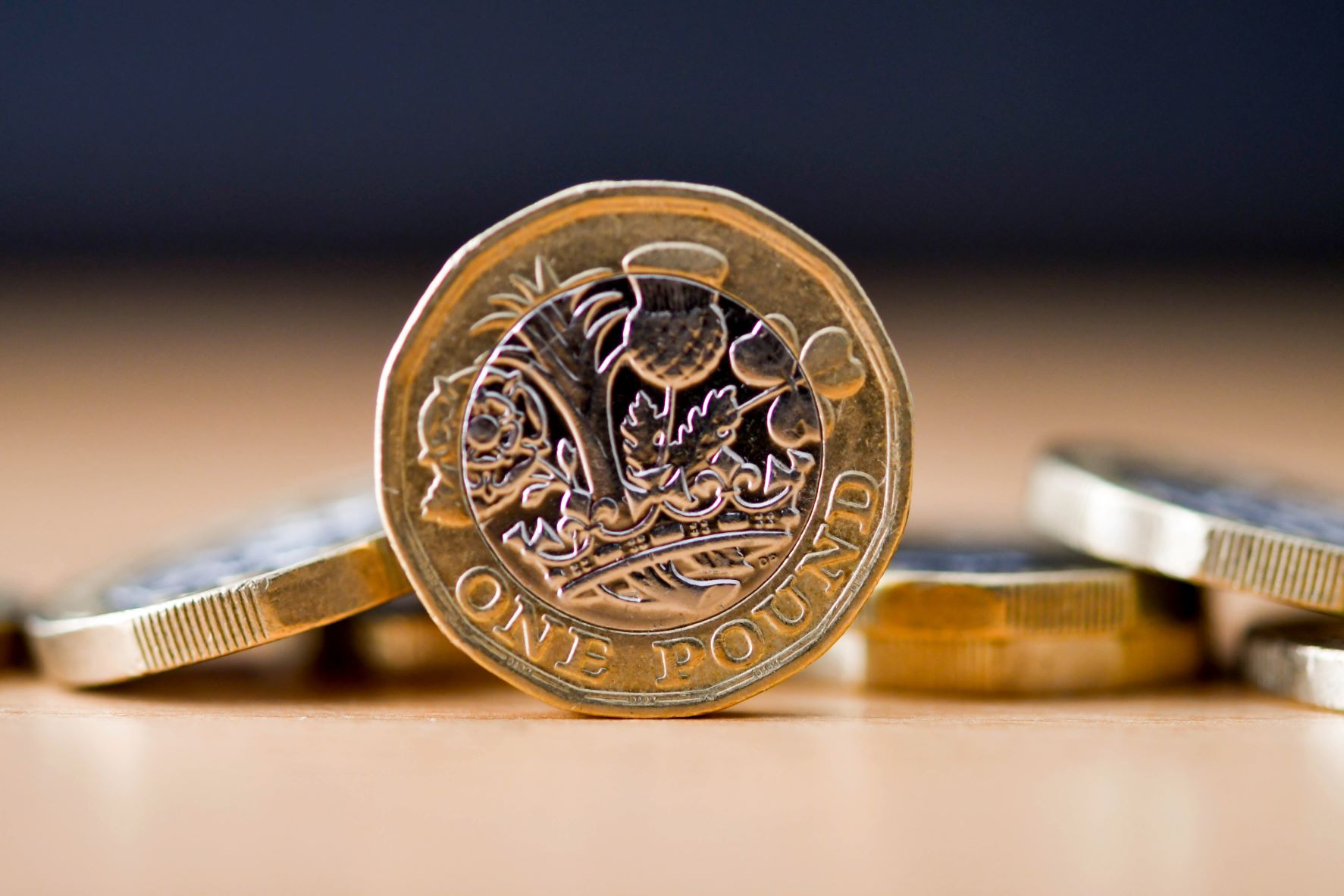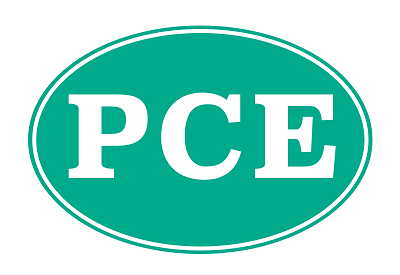
Date posted: 21st Aug 2023
The term “stealth tax” is usually used by the media or political parties (regardless of persuasion) as a term to explain how taxes can be unknowingly paid or increased.
Given the current economic climate and likely election in 2024, is it likely to be heard a lot more. But what does it mean?
What is a Stealth Tax?
Stealth taxes can take the form of taxes which are “hidden” within the cost of goods or services sold such as insurance premium tax and fuel duty, but more recently the freezing of various tax allowances and thresholds has brought stealth taxes firmly into the public eye.
Freezing Allowances and Tax Bands
Driven by the Government’s decisions a) to freeze tax allowances such as the personal allowance, b) not increase the various tax rate bands and c) instead lowering the point at which people pay the additional rate of income tax, the number of higher rate taxpayers is now estimated to be around 5.59 million people and an increase by many hundreds of thousands of taxpayers, compared to the previous year. The number of taxpayers paying 45% tax (earning over £150,000) is estimated to be 862,000, up from 555,000.
The number of basic rate income taxpayers is also expected hit a record 28.8 million, up from 28.2 million last year.
Due to the freezing of thresholds and allowances, 2.5 million more people are estimated to be paying income. The total tax take is believed to be £40 billion more compared with two years ago, so the Government’s policy of freezing allowances and thresholds, as opposed to directly raising tax rates, is having a great deal of success in raising extra income for the Treasury.
Capital taxes also fall foul of rate freezes and reductions. The inheritance tax (IHT) nil rate band, which, broadly speaking, is the amount a deceased person can leave before paying IHT, has remained at its current £325,000 level for over 14 years, and is set to remain at £325,000 until at least 2028. With rising inflation and historic rises in property values, many more estates will be dragged into the IHT net than otherwise would be as the IHT nil rate band simply isn’t keeping pace with the changing economic situation.
The capital gains tax annual exemption (AE), which is the threshold before a taxpayer starts paying capital gains tax, has reduced from £12,300 to £6,000 in 2023/24. This will affect individuals, trustees and personal representatives who realise gains chargeable to CGT. For the tax year 2024/25 and subsequent tax years, the AE will be permanently fixed at £3,000 for individuals. By reducing the AE, it is likely that the CGT receipts will be increased.
One often forgotten threshold is the high-income child benefit charge (HICBC) of £50,000. If an individual (or an individual they are living with) are in receipt of child benefit and their income exceeds £50,000, then they must start to gradually pay this back, with a full clawback where income reaches £60,000. The HICBC was introduced in 2013, and the £50,000 threshold has remained the same ever since, despite rising inflation. This, coupled with wage growth, is dragging more and more people into the tax net.
Savings and Investments
With inflation currently spiraling, the Bank of England’s main weapon in the fight against inflation is to increase interest rates. Whilst this isn’t good news for mortgage borrowers, it is good news for savers, but the downside is the possibility of having to pay tax on that interest.
The personal savings allowance is the amount of interest a taxpayer can earn before paying tax on this source of income, and is set at £1,000 for basic rate taxpayers and £500 for higher rate taxpayers. Additional rate taxpayers (incomes over £125,140) do not receive a personal savings allowance.
The income tax additional rate threshold (ART) was lowered from £150,000 to £125,140 with effect from 6 April 2023. This measure will impact many thousands of taxpayers, whom will pay the additional rate of tax on interest, but who would not have done so had this threshold been maintained at £150,000
The dividend allowance has also been cut from £2,000 to £1,000 from 6 April 2023, with a further cut proposed to £500 from 6 April 2024. Again, this is expected to impact many hundreds of thousands of taxpayers, perhaps even millions.
In Conclusion
The last few years have been extremely turbulent, with rising inflation, Brexit and the war in Ukraine all having a significant impact on the economic policy of the Government. To try and balance the books the Government has decided against raising taxes directly, instead freezing/increasing tax thresholds and freezing allowances, which aside from dragging more people into the tax net and pushing them into a higher tax bracket, has also resulted in fiscal drag, which broadly speaking means more of a taxpayer’s income is subject to tax or tax at a higher rate.
As ever, there may be financial and tax planning opportunities to be considered and professional advice should be sought.
You can find out more about stealth taxes on the government website here.
If you have any questions regarding stealth taxes, then contact our team here.


